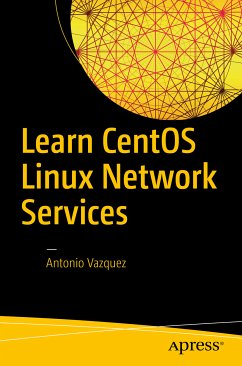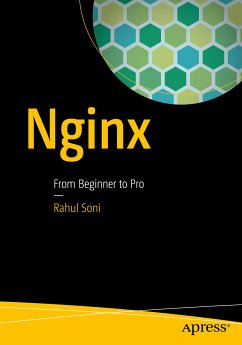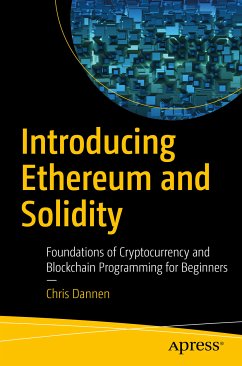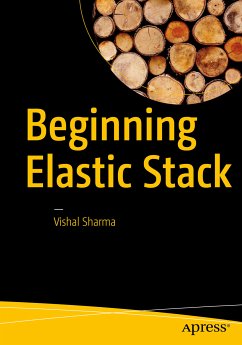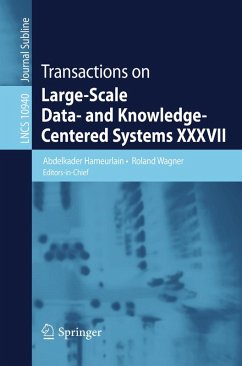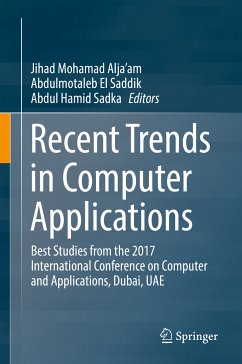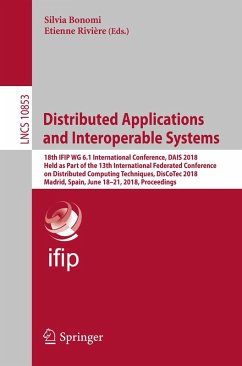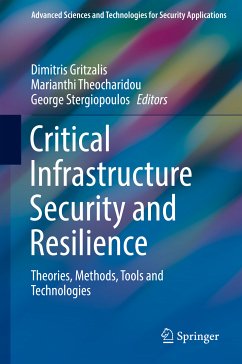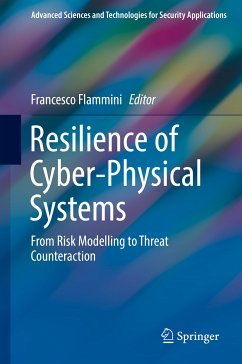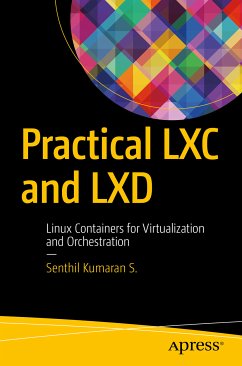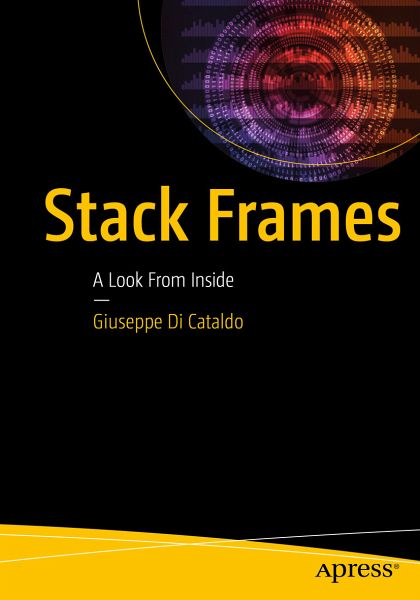
Stack Frames (eBook, PDF)
A Look From Inside
Versandkostenfrei!
Sofort per Download lieferbar
30,95 €
inkl. MwSt.
Weitere Ausgaben:

PAYBACK Punkte
15 °P sammeln!
Teaches you exactly how program memory content and organization is vital for computer security, especially Unix-like operating systems. You will learn how it is manipulated to take control of a computer system, as well as the countermeasures that system designers set up to avoid this. Neither a guide for hackers nor an all-out theory book, this book is ideal for anyone studying computer security who wants to learn by doing.Using a practical approach, you will understand how stack frames relate to hardware and software theory and the various GNU/Linux distributions, before moving on to Base 2, ...
Teaches you exactly how program memory content and organization is vital for computer security, especially Unix-like operating systems. You will learn how it is manipulated to take control of a computer system, as well as the countermeasures that system designers set up to avoid this. Neither a guide for hackers nor an all-out theory book, this book is ideal for anyone studying computer security who wants to learn by doing.
Using a practical approach, you will understand how stack frames relate to hardware and software theory and the various GNU/Linux distributions, before moving on to Base 2, 8 and 16 notations, executables and libraries. Lastly you will go in-depth to understand the intricacies of stack frames. A vital resource for all computer security students and enthusiasts, add Stack Frames: A Look Inside to your library today.
What You Will Learn
Who This Book Is For
The book is suitable for college students with a good knowledge of the C language, who are interested in deepening their study of the content and organization of program memory, namely the activation records of functions, as regards possible implications in computer security. A basic knowledge of both the Assembly language and the UNIX operating system is certainly helpful, as well as some practice with compilers and debuggers; but they are not compulsory.
Using a practical approach, you will understand how stack frames relate to hardware and software theory and the various GNU/Linux distributions, before moving on to Base 2, 8 and 16 notations, executables and libraries. Lastly you will go in-depth to understand the intricacies of stack frames. A vital resource for all computer security students and enthusiasts, add Stack Frames: A Look Inside to your library today.
What You Will Learn
- In-depth knowledge on activation records offunctions, and how this information can be used.
- A better understanding on how conventions used by compilers work.
- Clarify some concepts on libraries and their relationship with executable programs.
- Get, or recall, technical skills using compilers, debuggers, and other tools.
Who This Book Is For
The book is suitable for college students with a good knowledge of the C language, who are interested in deepening their study of the content and organization of program memory, namely the activation records of functions, as regards possible implications in computer security. A basic knowledge of both the Assembly language and the UNIX operating system is certainly helpful, as well as some practice with compilers and debuggers; but they are not compulsory.
Dieser Download kann aus rechtlichen Gründen nur mit Rechnungsadresse in A, B, BG, CY, CZ, D, DK, EW, E, FIN, F, GR, HR, H, IRL, I, LT, L, LR, M, NL, PL, P, R, S, SLO, SK ausgeliefert werden.



